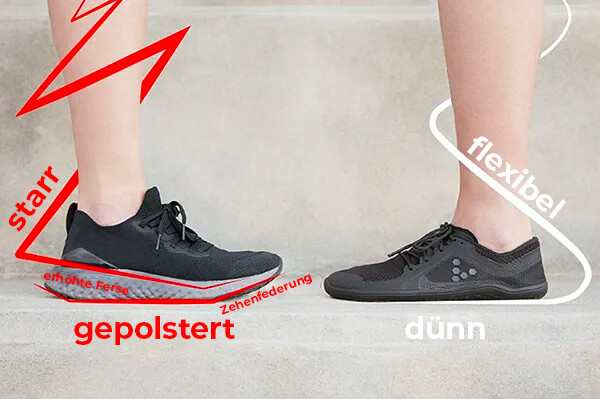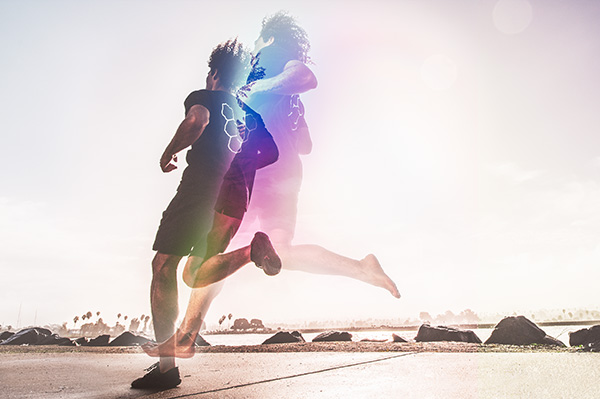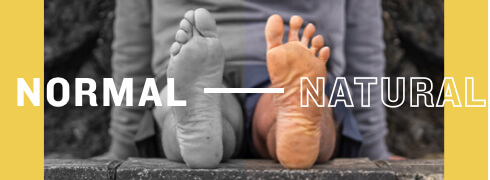Plantar fasciitis is a common type of foot pain. You might have even experienced it without knowing its name! It’s important to know about, which is why this blog outlines:
- What plantar fasciitis is
- And how barefoot footwear could help
What is plantar fasciitis?
Plantar fasciitis occurs when the tissues in the ‘plantar fascia’ - the ligament running along the bottom of your foot, connecting your heel bone to your toes - tear and become inflamed. It is a common reason for heel pain, caused by genetics, lifestyle and footwear.
Interestingly, plantar fasciitis only affects people who wear shoes. But while runners often think of it as a running injury, it’s more common among overweight or sedentary people, as well as those who spend many hours standing. It’s also more likely alongside existing foot issues, like high arches or flat footedness.
Can barefoot living help with plantar fasciitis?
Strengthening foot muscles is one effective way to prevent plantar fasciitis. But traditional footwear (including trainers) is heeled, narrow and rigid. This means the foot muscles don’t need to work as hard, undermining foot strength, agility and flexibility.
Vivos, on the other hand, are wide, thin and flexible. And emerging evidence suggests this builds foot strength.
One study of 2,300 children in Manipal, India, compared regularly shod and regularly unshod school kids, and found that regularly unshod kids had wider feet - a sign of foot strength. Another study, by the University of Delaware and Harvard Medical School, found that increasing barefoot activity makes arches stronger and higher. And our own research, undertaken with Liverpool University, shows that wearing Vivos for six months can increase foot strength by a whopping 60%.


Especially if you’re already active, slowly building up to a barefoot lifestyle could make your feet stronger, your movement freer and plantar fasciitis unlikely.
As ever, we recommend that anybody taking steps into barefoot living should take it slowly. Barefoot is a journey, not a sprint.


Our suggestion:
- Speak to a barefoot specialist first.
- Go slowly. Spend more time barefoot at home, then slowly add time in barefoot or minimalist shoes.
- Work on the flexibility and strength of your foot, ankle and calf.
- Get off that chair! If our feet didn’t evolve to spend their lives encased in traditional shoes, our hips didn’t evolve to sit folded up in chairs all day. Your whole body will thank you.
- Enjoy! There’s nothing like the feeling of reconnecting your feet to your brains and the world around you.
Reference:
- Rao UB, Joseph B. The influence of footwear on the prevalence of flat foot. A survey of 2300 children. The Journal of bone and joint surgery. British volume. 1992 Jul;74(4):525-7.


